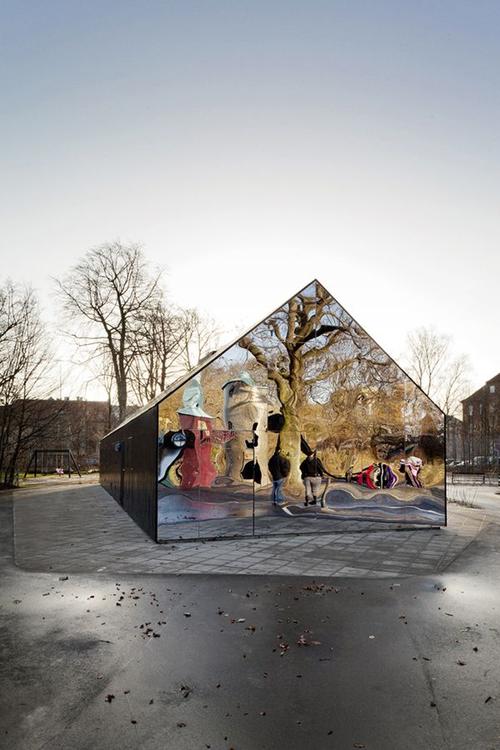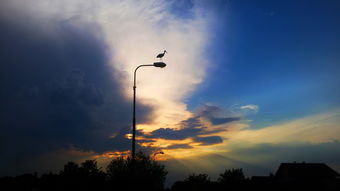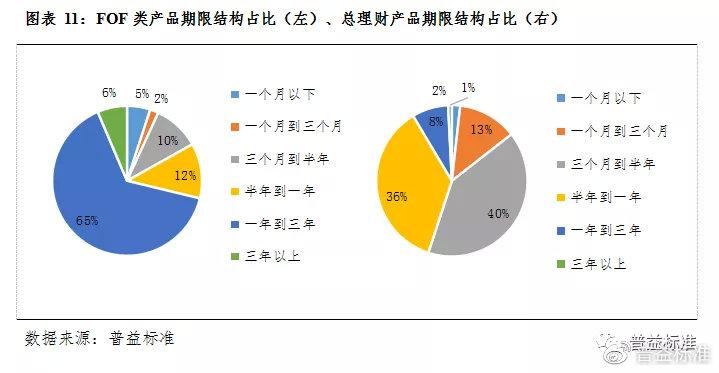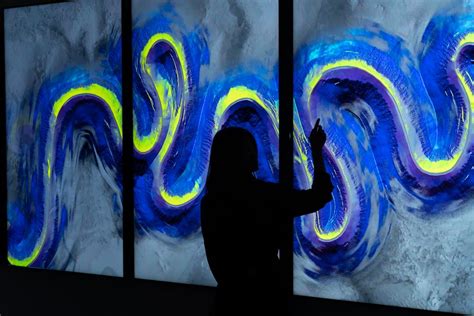环境设计艺术中不包括
Title: Exploring the Spectrum of Environmental Design Art
Environmental design art encapsulates a diverse array of disciplines and practices, harmonizing aesthetics, functionality, and sustainability to shape our built environments. From architecture to landscape design, interior decoration to urban planning, the realm of environmental design art is expansive, offering both creative expression and practical solutions. Let's delve into the various facets of this multifaceted discipline:
At its core, architecture is the art and science of designing and constructing buildings and other physical structures. Architects blend form and function, considering cultural, social, and environmental factors to create spaces that inspire, uplift, and serve their inhabitants. Whether crafting soaring skyscrapers, serene temples, or cozy residences, architects imbue their creations with a distinct sense of place and purpose.
Landscape design seamlessly integrates the natural and built environments, transforming outdoor spaces into lush gardens, tranquil parks, and vibrant public plazas. Landscape architects harness the power of plants, landforms, and water elements to enhance biodiversity, mitigate environmental impact, and foster a deep connection to nature. Through thoughtful planning and design, they curate landscapes that delight the senses and nurture the soul.
Interior decoration focuses on the aesthetic enhancement of interior spaces, infusing them with personality, style, and functionality. Interior designers carefully select furnishings, color palettes, lighting, and decorative accents to create inviting, harmonious interiors that reflect the tastes and needs of their occupants. Whether designing a cozy living room, a chic office space, or a luxurious hotel lobby, interior designers craft environments that evoke emotion and spark joy.

Urban planning encompasses the strategic design and management of cities and towns, seeking to create livable, equitable, and resilient urban environments. Urban planners address complex challenges such as population growth, transportation, housing, and environmental sustainability, striving to foster inclusive communities that thrive socially, economically, and environmentally. By envisioning and implementing holistic urban solutions, urban planners shape the future of our cities for generations to come.
Central to environmental design art is the principle of sustainability, which advocates for the responsible use of resources and the minimization of negative environmental impact. Designers across all disciplines embrace sustainable practices such as energy efficiency, waste reduction, and green building materials to create environmentally friendly spaces that promote human wellbeing and ecological balance. By prioritizing sustainability, environmental design art not only enhances the present but also safeguards the future of our planet.
In conclusion, environmental design art encompasses a rich tapestry of disciplines united by a shared commitment to enhancing the human experience and stewarding the natural world. From the grandeur of architecture to the intricacy of interior decoration, from the tranquility of landscape design to the complexity of urban planning, environmental designers shape the world around us, blending creativity with functionality to create spaces that inspire, delight, and endure.











